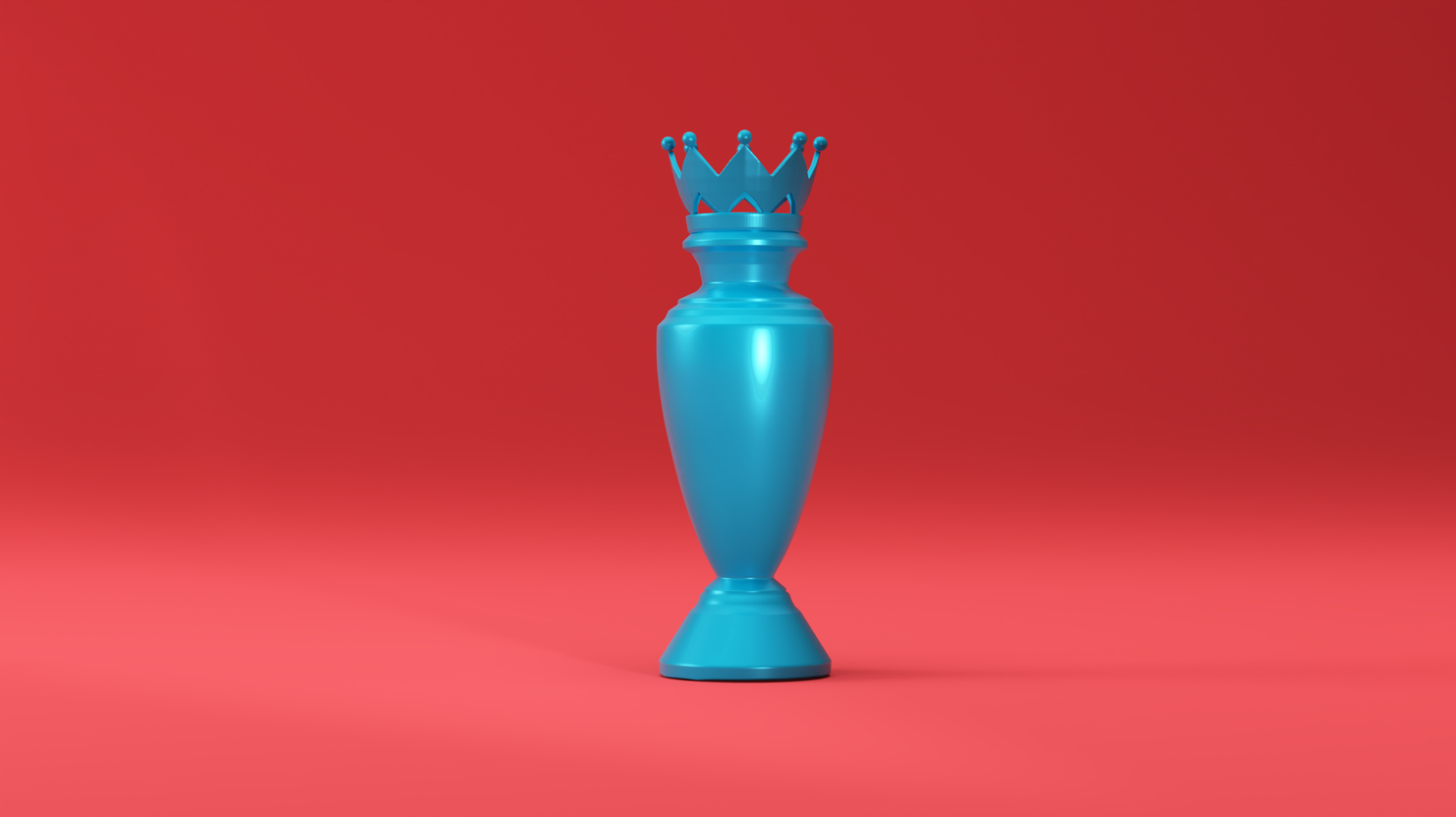Should you take your B2B brand to the metaverse? Soon enough, you won't have a choice.
All things B2B - conventions, demos, even plain old meetings – are due for a massive metaverse rehaul, and just like with the big shift to digital, the early birds will get the (digital) worms.
But travelers take heed: it’s easy to misstep in this new frontier, especially given the amount of rightful skepticism from journalists, industry professionals, and everyone who’s ever seen the Matrix. B2C brands are already splashing around in these uncharted waters with tv spots, social ads, and virtual events that aren’t all...encouraging.
Now is our only chance to look before we leap. While it’s important for B2B brands to move fast, the court of public opinion is judging on how brands represent their metaverse plans right now. If you want to set yourself up for lasting and responsible success, take warning of these four early visual trends – and come up with a creative plan that does something better.
The Four Horsemen of the Metapocalypse
Surrealism
Crazy, colorful landscapes and abstract props, juxtaposed with regular old Joes, is the weapon of choice for metaverse imagery. Often, images use illustrative elements to really drive home the otherworldly elements of the metaverse. This surrealism makes sense – it shows the fantastical potential of a realized metaverse.
But what does a bright, highly-stylised image say about your metaverse presence or offering? For B2B, do you want your customer to think they’re about to drop into a world where trees have eyes or the sky is purple? Likely not.
Nostalgia
The Metaverse may not exist yet, but it’s already packed characters from cash cow beloved franchises, Minecraft-esque recreations of real places, and color palettes that bear a striking resemblance to 80s comic books. This nostalgia serves as a shortcut – by packing the early metaverse with things you already know and love, brands can evoke positive emotions with minimum effort.
How effective will this be for B2B? They say nostalgia always sells, but moving to the metaverse means evolving products, new capabilities, and bigger offerings. Perhaps “cutting-edge” should not look too familiar.
Gamification
There is no question that the metaverse is going to be an epic place to play video games, as proto-metaverses like Roblox and Fortnite prove. Subsequently, screencaps from games have become go-to metaverse imagery for articles and thought pieces. Functionally, they train viewers to expect interactive environments, collaborative tasks, and avatar representations.
Brands are also jumping to create their own games as a form of quick, easy metaverse activation. It’s hard to imagine this tactic as sustainable, given the new competition it opens up with actual gaming studios, and it leaves you high and dry when a game isn’t right for your brand. For B2B brands to thrive in the metaverse, we need to think of activation methods and imagery beyond games.
Expressionless
You can’t get to the metaverse without a VR headset. Annoyingly, these headsets take up a hefty portion of the wearer’s face. It’s no secret that brands, agencies, and news publications are heavily reliant on stock imagery, especially for something as specific as a person using a VR headset. Most available photos of users geared up to enter the metaverse are taken in close-ups (to better show off said headsets), at odd angles (we can’t look them in the eye, anyway), and show people with neutral or absent expressions (that way, they could be anywhere in the metaverse.)
Such images are excellent at depicting headsets, but unintentionally strip agency and even emotions from VR users. Relationship building is key for B2B. While there’s no avoiding stock imagery, choose with extra care.
Escape from Escapism
Together, these four trends create a narrative of escapism. The metaverse is depicted as a place of distant fantasy unattached to real life. It’ll be colorful, fun, and full of the things you know and love, whatever they are! All you have to do is sit on your couch with a brick strapped over your eyes! Is it any surprise that the world is so wary of the metaverse?
More importantly for brands, does this narrative really align with what the metaverse is – or will be?
Not really. Not now. And especially not for B2B.
Currently, VR technology is seeing huge amounts of investment poured into the areas of education and work. Now, I love my job (especially if my direct report Ash is reading this. Hi Ash!!) but I wouldn’t say it’s where I escape to. And what B2B is poised to do with the metaverse – training, demos, etc. – is not about taking over life or leaving woes behind. It’s about using cutting-edge technology to make life easier and businesses stronger. So the wider narrative of the metaverse being a place of escapism, in addition to being pretty bleak and, yeah, morally troubling, isn’t relevant to B2B brands.
So what’s going to make your brand’s metaverse presence, or how you talk about your future presence, valuable and different? What’s going to really communicate what you can do in the metaverse? That’s what an agency partner can help you discover.
The metaverse is here, for better or for worse, but it won’t be won by whichever brand gets there first. B2B brands need to bring new stories, visual devices, and narratives into the metaverse. We can do this by experimenting, by being prepared to get things wrong, and by paving our own way, rather than chasing the trends. It’s those who bring the freshest experiences that will prosper in this brave new world.
If you'd like to have a chat about some of the ways in which you can incorporate the metaverse into your thinking, talk to us today.




